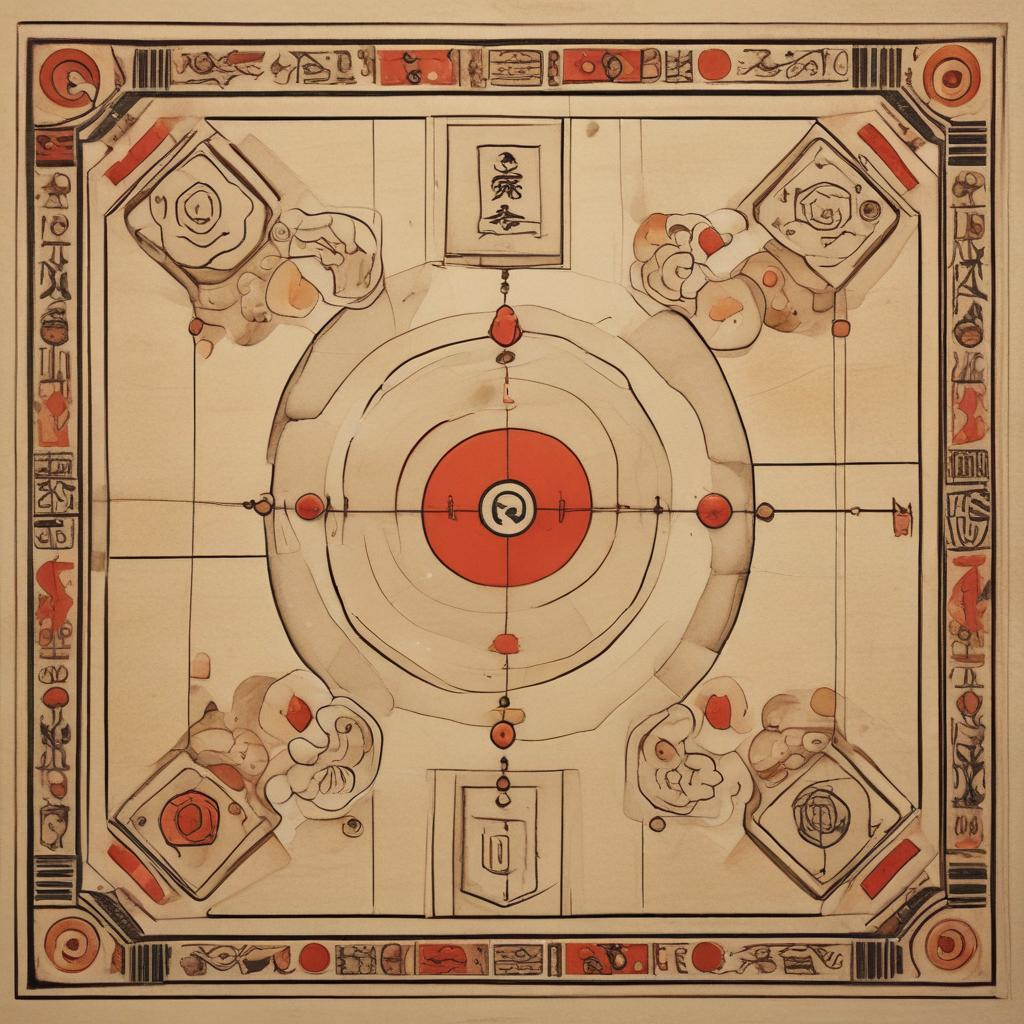Discover how this ancient game has influenced cultures and continues to captivate minds across the world.
Amidst the gently rustling leaves of a serene Japanese garden, an old master and a young apprentice sit opposite each other, their focus directed at a modest wooden board placed between them. The grid of 19x19 lines, which might appear merely as a collection of intersections to an untrained eye, is their battlefield. With each placement of the black and white stones, a dance of strategy and foresight unfolds. The master, with his decades of experience, observes the keen determination in the young one’s eyes—a reflection of his own when he was learning the artistry of Go, a game stretching back thousands of years in East Asian history.

Go, known as Weiqi in China and Baduk in Korea, is more than a game; it is a reflection of the philosophy and strategic thinking of ancient East Asia. To understand Go is to delve deep into the cultural bedrock of nations where it has been honed into an art form over centuries. The game's origins can be traced back to China over 4,000 years ago, making it one of the oldest board games still played today.
The Rules and Gameplay of Go
At its core, Go is incredibly simple and yet infinitely complex. Two players alternately place black and white stones on the vacant intersections of a grid. The primary objective is to use these stones to form territories by surrounding vacant areas of the board. At the same time, players aim to capture their opponent's stones by completely surrounding them. This dual objective of expansion and confinement creates a sophisticated strategic balance that has intrigued and challenged players for millennia.
Cultural Significance and Philosophical Dimensions
The philosophical underpinnings of Go reflect the broader East Asian worldview, particularly the balance of yin and yang. In Go, the black and white stones visually manifest this concept, representing dual but interconnected forces. This balance is integral not only to the strategy behind the game but also resonates with the philosophical traditions of Confucianism, Buddhism, and Taoism, all of which emphasize harmony and balance.
Historically, Go was considered one of the four essential arts of a cultured Chinese scholar, along with calligraphy, painting, and playing the guqin. This esteemed status speaks volumes about the game's role in shaping intellectual and artistic pursuits. Mastery of Go was not just about strategic thinking, but also a way to cultivate character, discipline, and the ability to contemplate deeper existential realities.
Go as a Microcosm of Warfare
The game is often seen as a microcosm of warfare. Throughout history, generals and scholars in Japan, Korea, and China studied Go to improve their strategic thinking skills. The game’s emphasis on territory and the concept of "sente" (initiative) and "gote" (reactive play) are directly applicable to military strategy. This aspect also underscores why Go has been an indispensable tool in military training in various cultures.
The Role of Go in Modern Times
Today, Go has spread globally, attracting a fervent following in Western countries as well. Its appeal lies in its simplicity and the depth of its strategic elements. The advent of artificial intelligence has brought a new dimension to the game. Famous is the match between South Korean grandmaster Lee Sedol and Google’s AI program AlphaGo, which ended in a 4-1 victory for AI, underscoring the complex intricacies of the game that a computer could master rapidly.
Learning and Mastering GoLearning Go can be a daunting prospect for beginners. Each stone placed on the board can alter the game dramatically, requiring players to not only consider immediate moves but also broader, strategic potential movements in advance. However, the rewards of playing Go are manifold. It is an exercise in patience, strategic planning, and tactical execution. It enhances cognitive abilities such as memory, promotes emotional intelligence by teaching students to manage both victory and defeat, and encourages a deep, reflective state of mind.
ConclusionWhile the full complexity of Go can be daunting, its cultural heritage and the intellectual challenge it provides have drawn players for generations. It is more than a game; it is a bridge to the past, a mentor in the art of thinking, and a guide to the wisdom of East Asia. The journey of learning Go is indeed a mirror of the journey of life—filled with challenges, laden with opportunities for growth, and rich with the potential for both conflict and harmony.
- Understanding Go provides insights into ancient East Asian cultures.
- The game continues to be relevant and fascinating in the modern era, including interactions with technology such as AI.
- Go offers valuable lessons in strategic thinking that are applicable in various aspects of life.


.jpg)






.jpg)



0 Comments